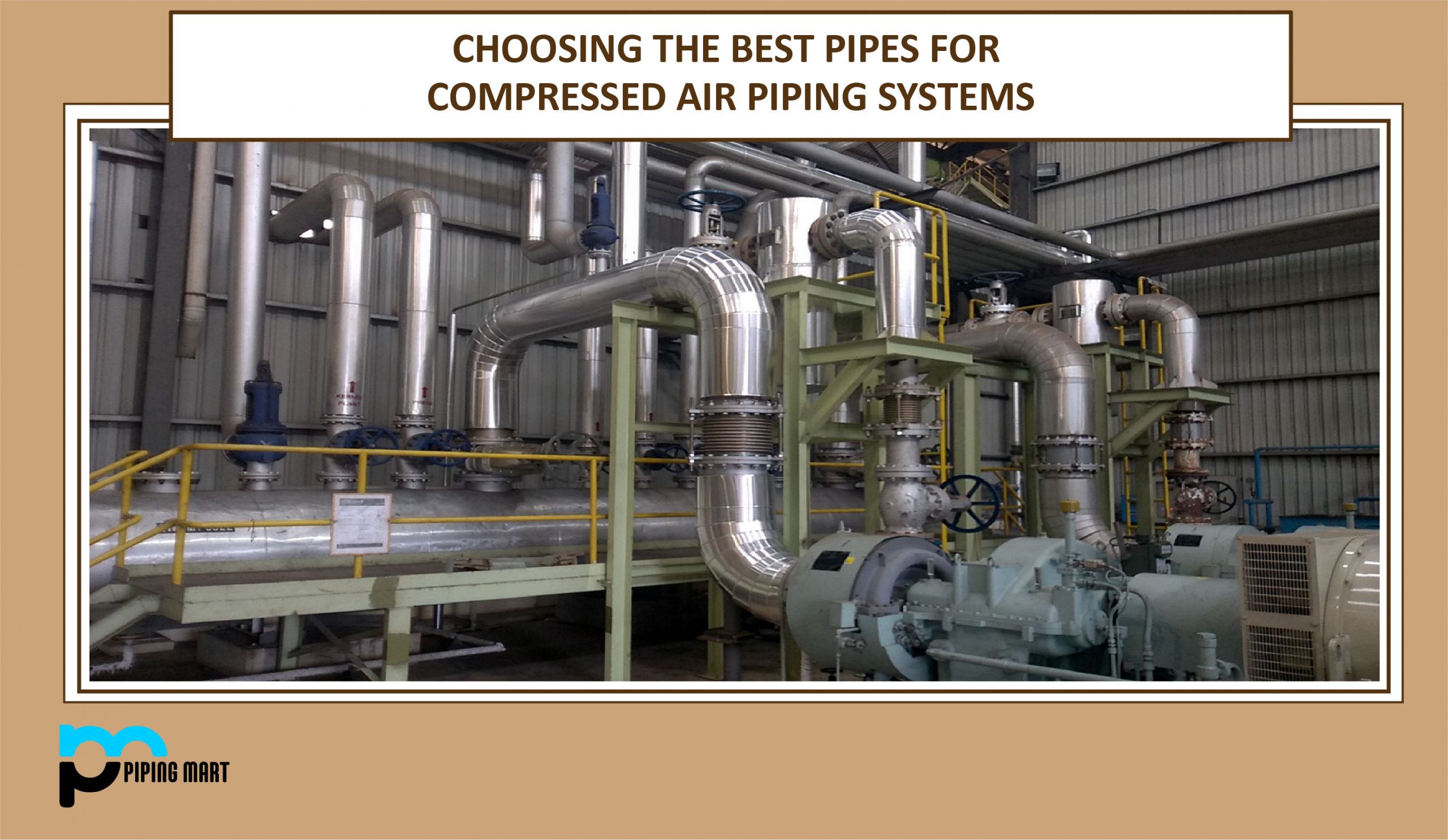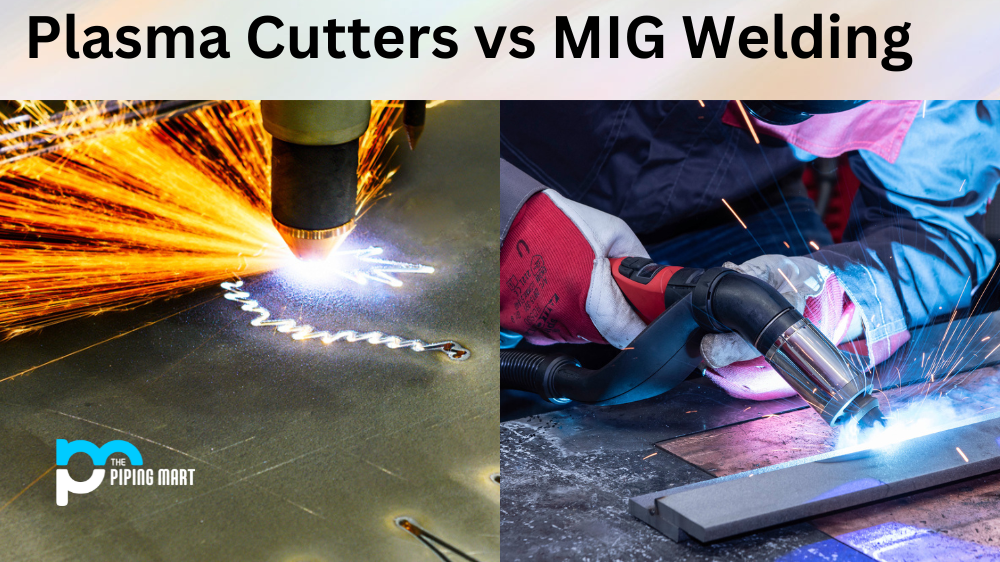- How Compressed Air Piping works
- The preferred material for pipes
- Choosing future-proof fittings
- Factors that affect the piping layout
A compressed air system distributes pressurized air throughout a building for a wide range of applications. It is used in domestic, commercial, and industrial applications to complete tasks such as running air tools, maintaining machine functioning, and giving power to oil rigs. With multiple applications across a wide range of industries, this compressed air system necessitates the use of high-quality materials. Continue reading to discover more about the air piping system!
How Compressed Air Piping Works?
Whether you own a small car repair shop or a major refinery, an air compression system is a significant power source for your business. Agriculture, manufacturing, pharmaceuticals, food, and a variety of other industries will be unable to function without this essential setup.
As a result, adequate piping is required to successfully install this system. This is because it is in charge of appropriately supplying pressured air throughout your facility. This allows products to be moved around conveyor belts, correctly packaged, and loaded onto pallets for distribution.
However, this does not imply that any pipe will work. You must examine the volume, quality, and pressure required to power the compressed air equipment in your structure. To keep your facility running smoothly, you need your pipes to be leak-free and have low-pressure drops.
The Preferred Material for Pipes
As a result, if you want to minimize downtime in your business, you must select the proper pipes for your compressed air system. Otherwise, it will crack when put under strain. If this happens, you won’t be able to rely on standard maintenance. Instead, you must replace your pipes, which can be pricey if done too soon. As a result, you’ll need sturdy, long-lasting materials that can tolerate tremendous pressure.
As a result, metal is the most widely utilized material for air supply lines. These heavy-duty pipes are strong enough to withstand high air pressures and temperatures. They also have a verified safety track record because they have been utilized for a longer period than other materials.
Steel pipes are also useful for a variety of applications due to their resistance to damage. As a result, you may consider them resistant to blowouts, fractures, and warping. Furthermore, compressor lubricants and oils may be used on metal pipes without damaging the material. As an added plus, since these pipes are so common, most professionals are familiar with how to install them.
Choosing Future-Proof Fittings
After you’ve selected the appropriate pipes, you must also take into account the fittings! The ends of most steel pipes are threaded for couplings. Apart from that, they can be welded. Fortunately, the necessary materials are readily available at local hardware shops. They’re also available in steel, so you can be assured that they’ll last a period of time.
However, there are several aspects you should be aware of to get the most out of them. Ball valves, for example, can be used in the future to perform repairs and modifications. It can offer leak-proof seals and open and close efficiently. Aside from that, unions will facilitate change-outs.
Factors That Affect the Piping Layout
After you’ve decided on the pipes and fittings, the final thing you need to think about is how they’ll be installed. While the structure will be determined by the size of your area, there are certain general concerns to take into consideration for the effective operation of your compressed air system.
The crucial thing to remember is how to minimize pressure drops. When major variations occur, your operations may incur some downtime and increased energy expenses.
- Pipe Sizing: When it comes to customized air compressor systems, there is no such thing as a one-size-fits-all solution. For example, if it’s too short, you won’t be able to transmit adequate pressure to all of your devices. As a result, if you need to extend your piping, the larger the diameter required, the A-loop system would be advantageous as well, since air may flow in more than one direction.
- Pipe Bends: Sharp angles, in addition to pipe size, have an impact on pressure drops. This is because airflow is reduced when it passes through bends. Calculations show that this is equivalent to many feet of pressure drop in the air. If this cannot be eliminated, choose gentle bends of up to 45°.

Pipingmart is B2B portal specializes in industrial, metal and piping products. Also, share latest information and news related to products, materials and different types grades to help business dealing in this industry.




